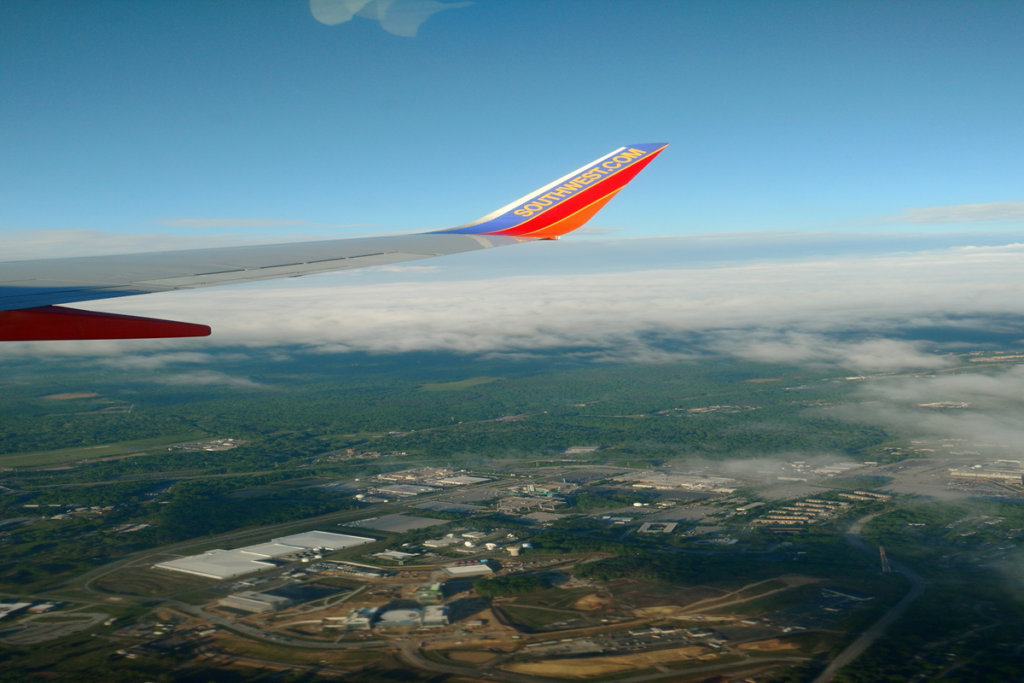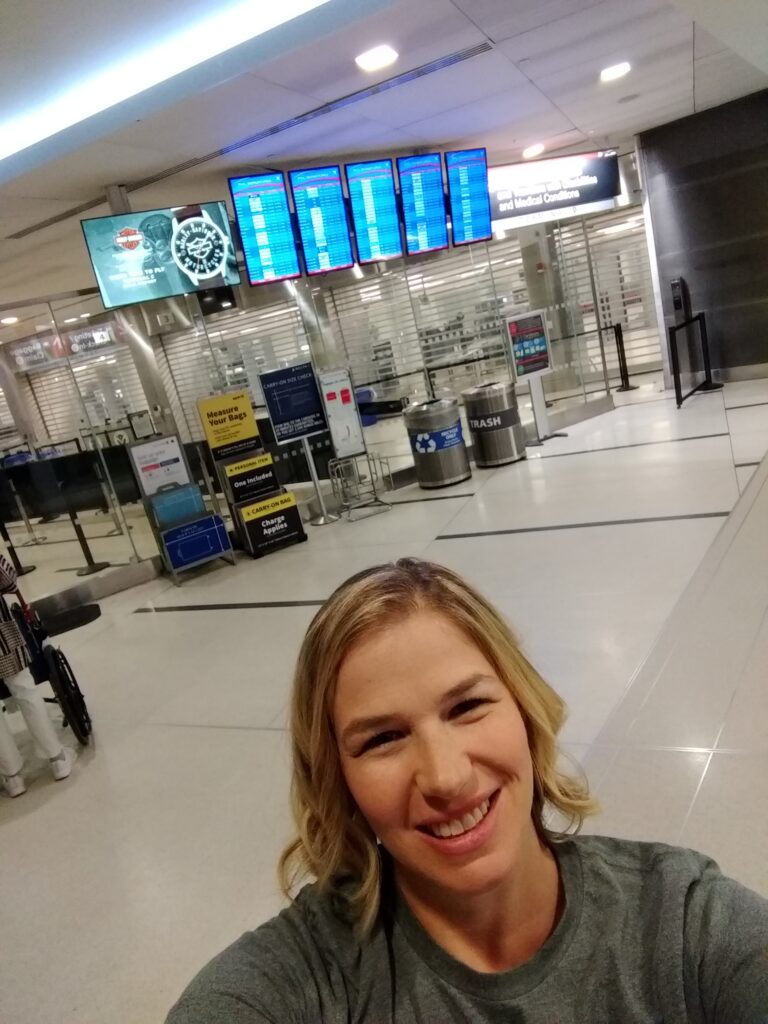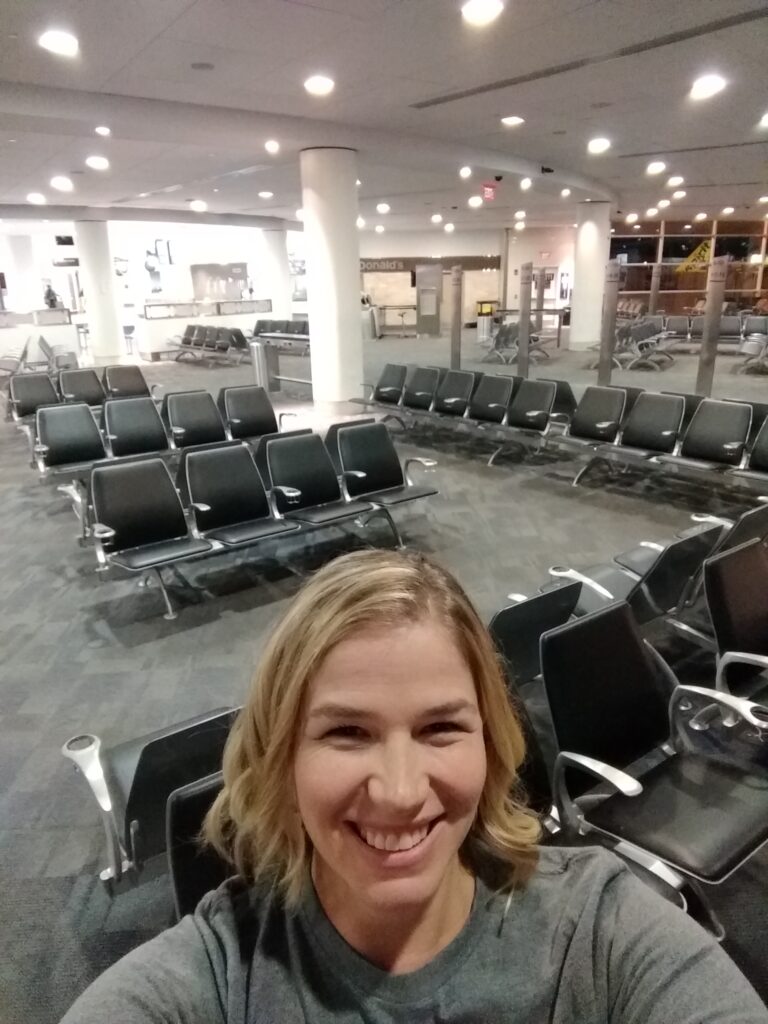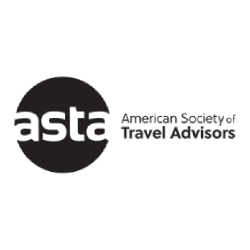
In this episode of Travel Talk, we guide you through the ins and outs of flying internationally. We’ve covered essentials like the CBP App, Mobile Passport, TSA Precheck, and Global Entry in previous episodes, so today, we’re diving deeper into the process of international travel.
We start with tips for your non-stop departure flight, covering everything from checking immigration requirements before leaving home to navigating the airport on the day of your flight.
We also discuss important steps for your arrival in a foreign country, including what to expect during immigration and customs. Plus, we provide valuable advice for handling connections, whether domestic or international, and tips for your return flight home.
Whether you’re a seasoned traveler or planning your first international trip, this episode is packed with practical tips to make your journey smoother and stress-free.
Non-Stop Departure Flight
We are going to start with the departure flight from the U.S. to an international destination. We will start with a non-stop flight and then go over some things to remember when you have connections.
Immigration Requirements
Step one is before you leave home to be sure and check the immigration requirements. Some require a digital form that you need to complete before you leave home. Others have a form to complete on the plane. For some locations, you don’t have to do anything. You’ll want to be sure you know what you need to do before leaving.
Check in with the Airline
Next, 24 hours before departure you check-in online with the airline. This is similar to domestic flights, but you also need to confirm all of your passport information. Sometimes you can print boarding passes and other times you need to check in at the airport. It can go either way, so don’t worry if it says you have to check in on arrival. Just be sure all your information is entered and everything is correct. Allow a little extra time at the airport.
It is recommended you arrive 3 hours before departure for international flights. Make sure you go to the international check in desk for your airline. Many have two separate lines. You can usually check in at the kiosk to check your bags, but be sure to print your boarding pass and get verified. Even if you are only carrying luggage, you will still need to have someone verify your passport. Be sure to complete this before going to security. If you do not, you may be on the list of names they announce at the gate and have to complete this step when you should be boarding your flight. Your boarding pass or passport may get a sticker that says Documents OK or a stamp on your boarding pass.
Security
Next up is security. Since you are traveling internationally you will be using your passport for your ID the whole travel process, so no need to take out your driver’s license. If you have TSA PreCheck, you CAN use this for security like on domestic flights, so be sure it says it on your boarding pass.
After security, you can head to the gate. Be sure to be there (or within ear shot) 30 minutes before boarding for any important announcements. Boarding will be a little different as they need to see your passport again and usually do one person at a time, so everyone has to hold their own documents, including children.

International Arrival
During the flight, you may have received paperwork to fill out. It may be per person or per household. The flight attendants are usually helpful with how many forms you need. On arrival you will have a 3 step process. First you go through immigration, then baggage, then customs.
Immigration
Immigration is where you are officially let into the country. They will need to see the required paperwork and everyone’s passports. You usually go together as a family. They will usually ask a few questions, such as where are you staying, how long are you here for, business or leisure travel, and when do you return home. They will stamp your passport book (usually) and then you continue on to baggage.
Baggage
If you have baggage, collect it. If you don’t have checked luggage, you can go straight to customs.
Customs
Customs is about what you are bringing into the country. There used to always be a customs officer you had to speak with and/or have your bags scanned, but now that is done mostly behind the scenes. There may be two options, declare or nothing to declare. Most vacationers go through nothing to declare. You are not bringing large sums of money, items to sell, or food/agricultural products. After customs, exit the airport and proceed to your transportation.

Connections
If you have a connection, it is different depending on if it is a domestic connection or an international connection.
Domestic Connection
First, domestic connections. An example is leaving Philadelphia and flying to Miami and then on to Barbados. In this case, you have a domestic connection through Miami. Everything is pretty much the same before you get to the airport for international travel, but when you board in Philadelphia, it will be more like a domestic flight boarding. You won’t have to show your passport yet. When you board again in Miami, you will have to show your passport to board the flight since that is the international leg. You would have the same procedures as above though for flight check in, arrival at airport, and such as any other international flight. Always double check with the airline at check in, but you should not have to claim any luggage at the connection.
International Connection
You may have an international connection instead. An example of this is flying to Europe. You may leave Philadelphia and fly to Frankfurt, Germany and then on to the final destination of Basel, Switzerland. In this case, when you land in Frankfurt, Germany, you have to go through immigration as your first entry into a new country then continue on to the gate for your next flight. Your passport is needed every step of the way. Depending on the itinerary, you most likely will not have to claim luggage yet, but I always recommend confirming with the airline when you check your luggage and where you need to claim it next. On this itinerary, you should see the luggage tag says Basel Switzerland as final destination. Since the final destination is Switzerland, you may have to go through immigration again, then baggage, then customs. Basically when you change countries, you have to go through immigration, but in Europe sometimes you don’t have to do that when you go between members of the EU.
Non-Stop Return Flight
Your trip has ended and it’s time to come home. Now it’s time to work on your return flight. Again, you will complete your airline check in 24 hours before departure on the airline website or app. This should be a little easier because you did most of this on departure. Flight check in can be difficult when you are out of the country though so don’t panic if you can’t check in completely with your boarding pass. Just allow extra time at airport. They still recommend arriving 3 hours before departure.
Once you arrive at the airport, get a boarding pass and finish check in. Again, there may be someone there asking questions and you will get your passport verified with either a sticker, stamp on your boarding pass, or documents that say “Documents OK”. This usually involves going to the desk, even if you are not checking luggage.

Next up is security. Remember, this is not TSA or U.S. security. You are in a foreign country. It is their security and their rules. TSA PreCheck doesn’t apply. Follow whatever their procedure is. Watch and listen to others. Show your boarding pass and passport to the officer, put your items in the bins, take out electronics, take off shoes, etc. Be sure to know their rules on items, such as medications and liquids. Pack your patience.
After security, head to the gate and again, I recommend being nearby within 30 minutes of boarding. There is often another verification or random selections of people to verify. You want to be sure you can hear if they ask for another step.
Boarding the flight again involves your boarding pass and passport and then you should be on your way.
United States Arrival
Just like international arrival, this is a 3 step process – immigration, baggage claim, and customs.
As you prepare for your U.S. arrival, this is where the travel programs come back into play. If you have Global Entry then you will go straight there after you get off the flight. If you don’t have Global Entry, you can either complete the CBP app mobile passport upon landing or just go to the regular passport line.
After immigration, you will go on to baggage claim if you have checked luggage and then through customs, again most likely with nothing to declare.
Return Connections
The location of the connection makes a difference. First, let’s discuss domestic connections. This is if you are returning from Barbados through Miami and then on to Philadelphia. When you return to the U.S., you will have to go through all three steps above – immigration, baggage claim, and customs. You use your Global Entry or CBP app at this point. Then you will re-check your bags. There is usually a place right after immigration/baggage where you can recheck quickly. THEN you have to go back through security. TSA PreCheck helps at this point to save time. Continue on like you are boarding a domestic flight.
You may have an international connection. Back to the Europe example where you may be returning from Amsterdam through Frankfurt, Germany and on to Philadelphia. Always check with the airline to see if you have to claim luggage, but with the EU you may not have to. in this case, you will do immigration in Germany and then board a flight to the U.S. using your passport at every step. When you arrive in the U.S., you follow the regular arrival process for arriving in the U.S.
General Tips
Here are some things to keep in mind.
- Find out the arrival documents required for the countries you are arriving in.
- Be aware of the security process for any country you are departing from.
- Pack in your carry-on all medications in original containers with prescription labels.
- Be aware of substances/medications (prescription or over the counter) that may not be legal in other countries.
- Be aware of substances/medications that your purchased in other countries that are illegal in the U.S.
- Keep copies of your passport’s photo page in a separate location in case your passport is lost.
- Check with your credit card companies for foreign transaction fees and if travel alerts are needed.
- Bring local currency with you (the Caribbean often accepts U.S. dollars).
- Become familiar with using the Google Translate app and/or learn basic words for non-English speaking countries.
- Take note of baggage size and weight requirements as they may differ from domestic rules.
- Have a communication plan, such as a travel pass (phone service), WhatsApp (uses Wi-Fi), etc.







